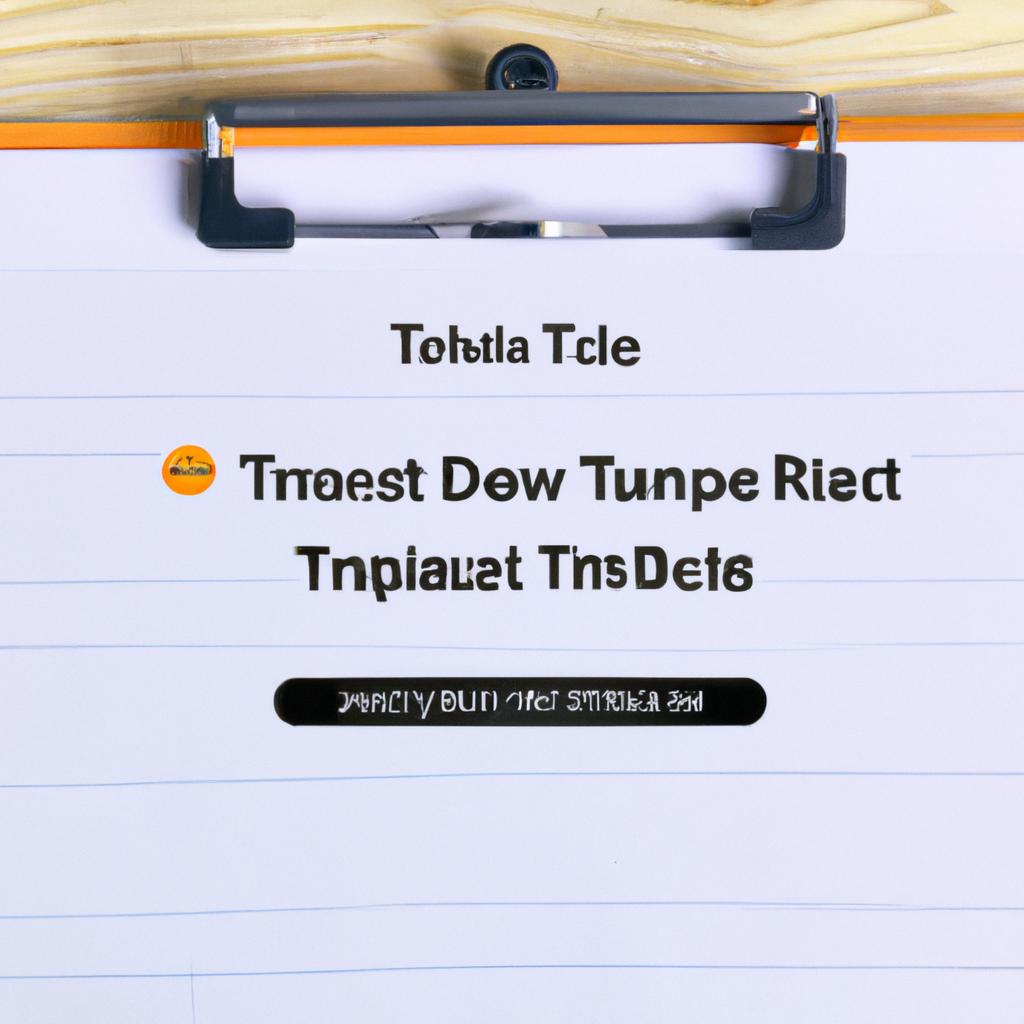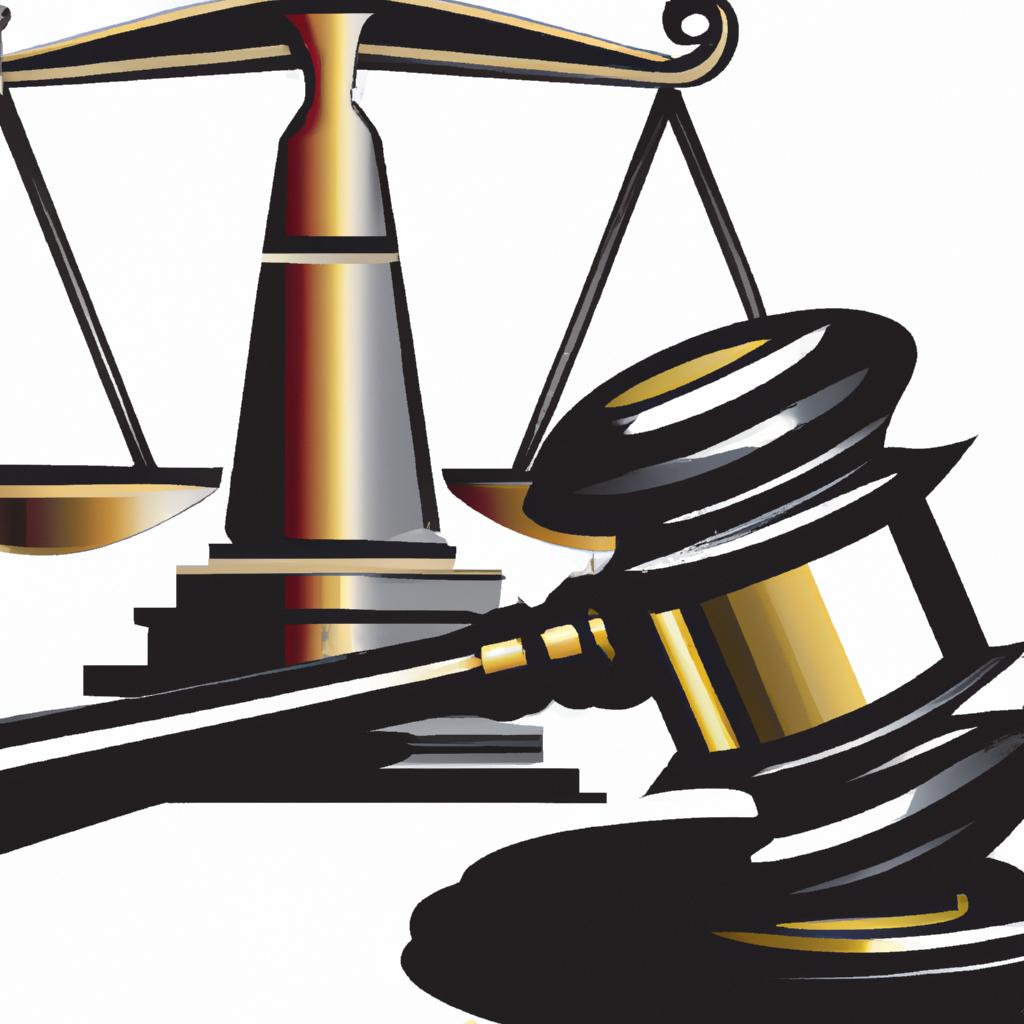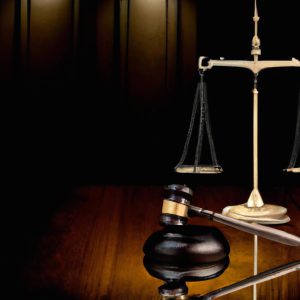In the intricate world of property law, the recorded deed of trust stands as a crucial document that solidifies the legal relationship between a trustee and a beneficiary. As seasoned practitioners in the field of estate planning and trusts, the Morgan Legal Group understands the importance of navigating the complexities surrounding this foundational instrument. Join us as we delve into the nuances of the recorded deed of trust and uncover its significance in safeguarding assets and ensuring the seamless transfer of property rights.
Understanding the Purpose of a Recorded Deed of Trust
When it comes to real estate transactions, a recorded deed of trust plays a crucial role in securing a loan against a property. This legal document serves as a security interest for the lender, providing them with the right to foreclose on the property in the event of default by the borrower. is essential for both lenders and borrowers involved in property transactions.
A recorded deed of trust provides important protections for lenders, ensuring that they have a legal claim to the property in case the borrower fails to repay the loan. This document also outlines the terms of the loan agreement, including the amount borrowed, interest rate, repayment schedule, and any other conditions agreed upon by the parties involved. By recording the deed of trust with the appropriate government office, the lender establishes priority over any other claims against the property, giving them a higher likelihood of recovering their investment in the event of default.

Key Components of a Recorded Deed of Trust
When examining a recorded deed of trust, several key components must be thoroughly reviewed to ensure the validity and enforceability of the document. These components play a crucial role in outlining the terms and conditions of the trust agreement and provide clarity on the rights and obligations of the parties involved. Below are some of the essential elements that should be included in a properly recorded deed of trust:
- Identification of Parties: The deed of trust should clearly identify the parties involved, including the grantor (borrower), grantee (lender), and trustee. This section should also specify the legal capacity of each party and their roles within the trust agreement.
- Description of Property: A detailed description of the property being used as collateral for the loan should be provided in the deed of trust. This description should include information such as the address, legal description, and any specific conditions or restrictions associated with the property.
- Conditions and Covenants: The deed of trust should outline the terms and conditions of the loan agreement, including the amount borrowed, interest rate, payment schedule, and any other relevant provisions. Additionally, any covenants or promises made by the parties should be clearly stated in this section.

Benefits of Recording a Deed of Trust
Recording a deed of trust can offer a multitude of benefits for both the borrower and the lender. By officially documenting the agreement between the parties, a recorded deed of trust provides clarity and protection for all involved. Here are some key advantages of recording a deed of trust:
- Priority: Recording a deed of trust establishes the lender’s priority over other creditors in the event of default or bankruptcy.
- Notice: By recording the deed of trust, it puts the public on notice of the lender’s interest in the property, which can prevent future disputes or challenges.
| Benefit | Description |
|---|---|
| Legal protection | Recording a deed of trust provides legal protection for both parties involved in the transaction. |
| Security | Having a recorded deed of trust gives the lender security in knowing their interest in the property is documented. |

Recommendations for Properly Recording a Deed of Trust
When recording a deed of trust, it is crucial to follow proper procedures to ensure that the document is legally binding and enforceable. Here are some recommendations to help you successfully record a deed of trust:
- Check for Accuracy: Before recording the deed of trust, double-check all information to ensure accuracy. Any mistakes or omissions could potentially invalidate the document.
- Follow State Laws: Each state has specific requirements for recording deeds of trust. Make sure to familiarize yourself with the laws in your state to avoid any complications during the recording process.
- Obtain Notarization: It is important to have the deed of trust notarized before recording it. A notary public can verify the identities of the parties involved and ensure that they are signing the document willingly.
- Submit to the County Clerk: Once the deed of trust is properly prepared and notarized, it must be submitted to the county clerk’s office for recording. Pay any required fees and follow the clerk’s instructions for the recording process.
Q&A
Q: What is a recorded deed of trust?
A: A recorded deed of trust is a legal document that outlines the terms and conditions of a loan agreement secured by real property.
Q: Why is it important to record a deed of trust?
A: Recording a deed of trust provides notice to the public that a lien exists on the property and ensures that the lender has a legal claim to the property in case of default.
Q: How is a deed of trust different from a mortgage?
A: A deed of trust involves three parties - the borrower, the lender, and a trustee - whereas a mortgage only involves the borrower and lender. Additionally, a deed of trust allows for a faster foreclosure process in some states.
Q: What are the potential drawbacks of having a recorded deed of trust?
A: One potential drawback is that the lender has the ability to foreclose on the property without going through a court proceeding, which could lead to a more expedited foreclosure process.
Q: Can a recorded deed of trust be transferred to another lender?
A: Yes, a recorded deed of trust can be transferred to another lender through an assignment of the deed of trust. This typically occurs when the loan is sold to another financial institution.
In Conclusion
In conclusion, a recorded deed of trust serves as a vital document in real estate transactions, providing security for lenders and homeowners alike. By recording this document with the appropriate authorities, all parties involved can ensure that the terms of the trust are legally binding and enforceable. Whether you are a borrower looking to secure financing or a lender seeking protection for your investment, understanding the importance of a recorded deed of trust is essential in navigating the complex world of real estate transactions. So, next time you embark on a property purchase or loan agreement, remember the value of this simple yet powerful document in ensuring a smooth and secure transaction.












